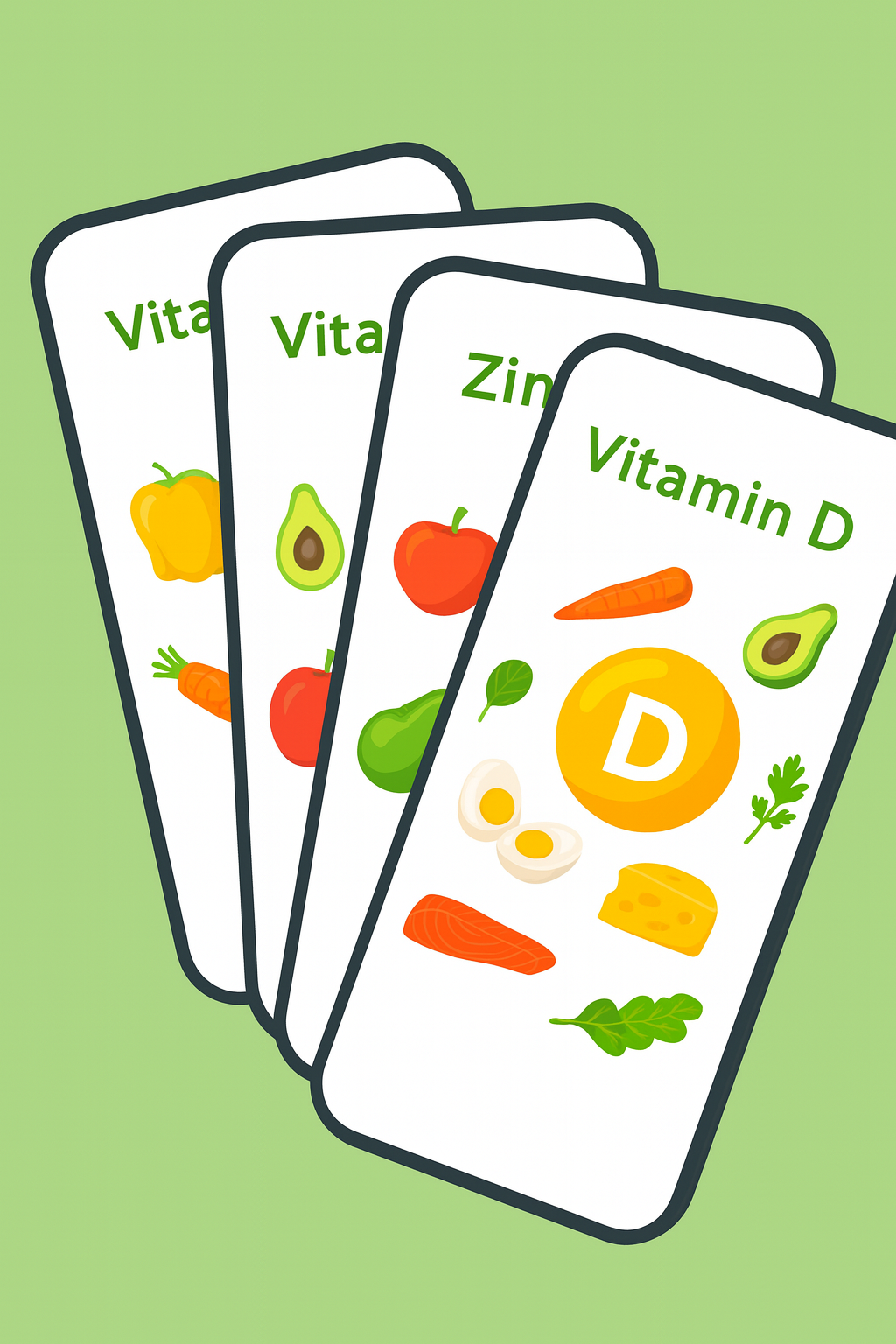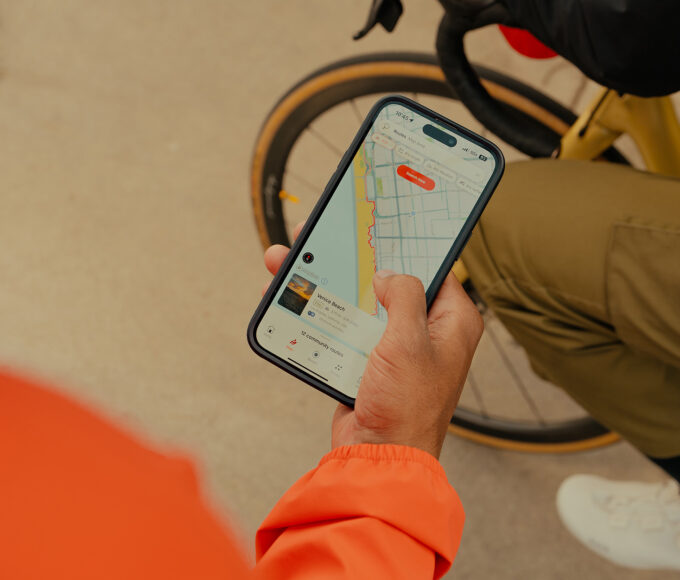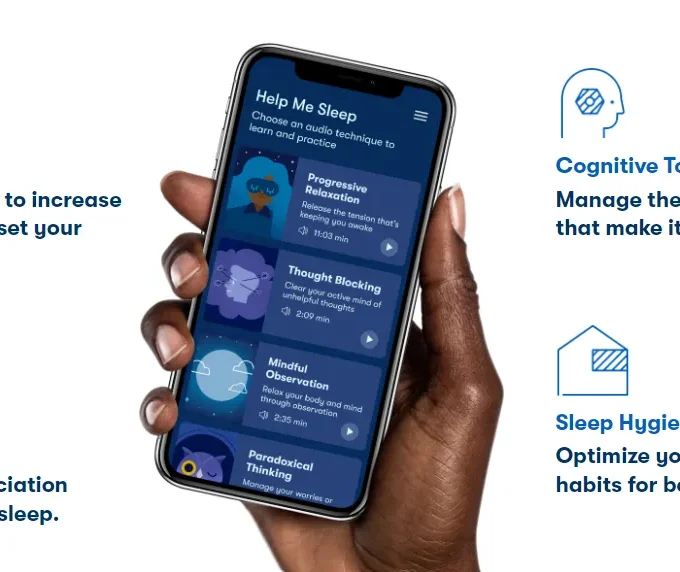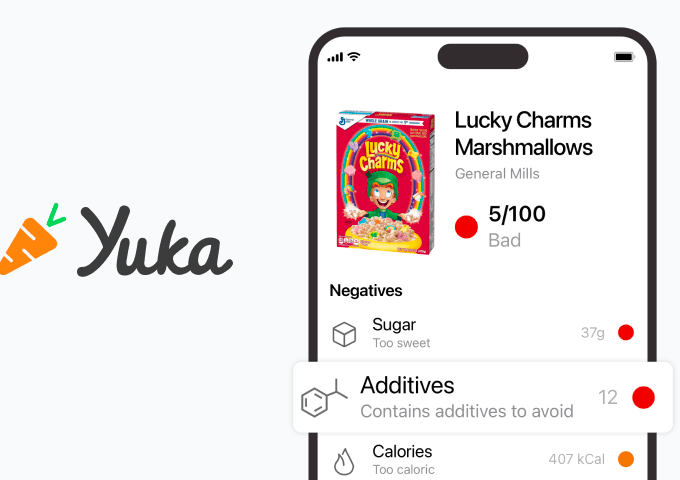Counting calories is fine, but your body also runs on the tiny stuff: iron, iodine, magnesium, vitamin D, and friends. The World Health Organization calls these “micronutrients” and notes that deficiencies—especially iodine, vitamin A, and iron—remain a major public-health challenge globally.
The good news for Android users: several apps already track macros and micros, and a newer wave of tools can analyze recipes, map nutrients, and (in some cases) connect to smart kitchens. No single app does everything perfectly, but together they’re getting close to a genuine micronutrient assistant on your phone.
Below is a practical tour of what exists today, what’s credible, and how to build a “micros-aware” routine without turning your dinner into a spreadsheet.
Why micronutrients matter
- Micronutrients are essential for enzymes, hormones, and development; widespread deficiencies still occur.
- Apps make the data visible: pulling nutrient breakdowns per food and per recipe from reliable databases/APIs so you can spot gaps (e.g., low iron, low vitamin D) before they become habits.
The Android players
Cronometer (Android)
What it’s good at: deep micronutrient tracking. Cronometer’s Android app emphasizes both macro and micronutrient tracking and syncs with popular wearables. For power users, it’s one of the most granular nutrition trackers on mobile.

Best for: users who want an accurate daily picture of vitamins and minerals—not just calories and protein.
MyNetDiary (Android)
What it’s good at: broad nutrient coverage. MyNetDiary’s Play Store listing highlights a verified food database and tracking for “107 nutrients,” including many vitamins, minerals, and omega fats.
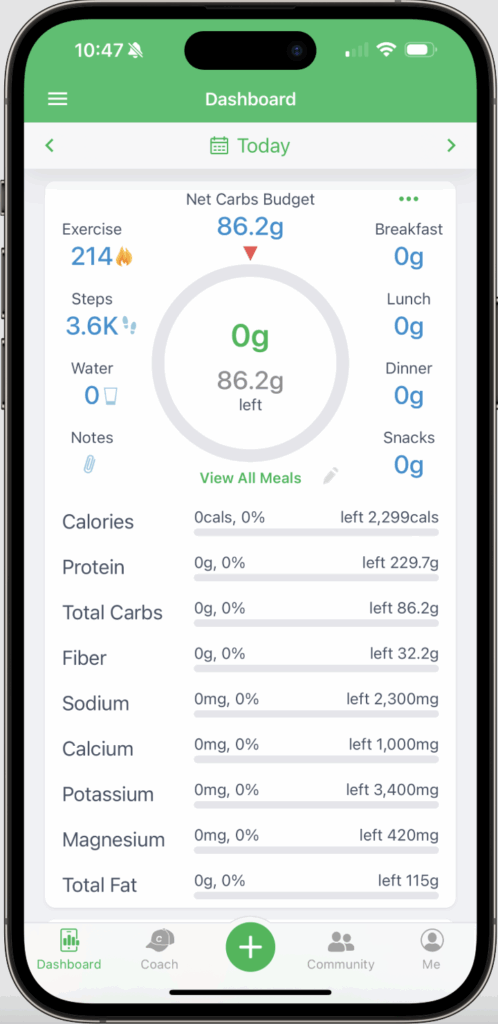
Best for: users who want an easy tracker that still exposes a lot of micronutrient detail.
YAZIO (Android)
What it’s good at: accessible food logging with growing AI features. YAZIO focuses on calorie tracking and meal planning with a big user base; while its listing is macro-forward, many users pair it with external databases when they need more vitamin/mineral depth.
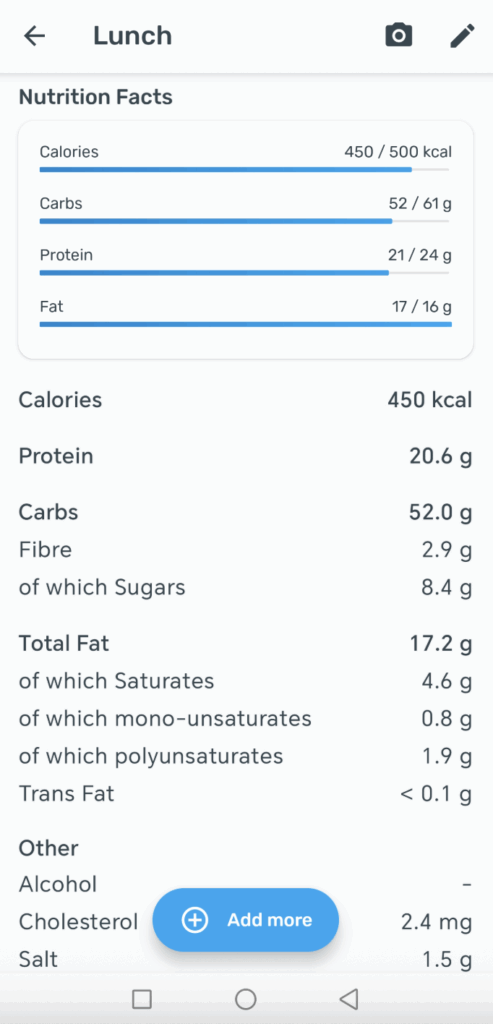
Best for: macro-first users who want a polished experience, then supplement micronutrient specifics via other tools.
Samsung Food (Android, iOS, web)
What it’s good at: recipe intelligence + smart-kitchen tie-ins. Samsung Food added “Vision AI” to recognize ingredients from photos, build food lists, suggest recipes, and prioritize items nearing their use-by date. It also integrates with Samsung appliances for guided steps—promising groundwork for nutrient-aware cooking flows.
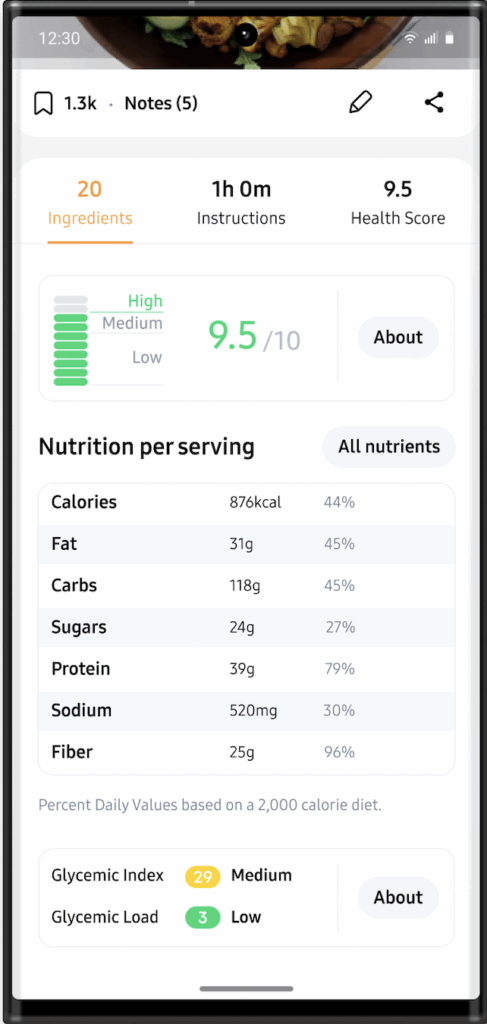
Best for: users in the Samsung ecosystem who want recipe planning linked to what’s actually in the kitchen.
Where apps get their nutrient facts
- USDA FoodData Central (FDC) — public, CC0 database and API widely used for nutrient data in the U.S.
- Edamam Nutrition Analysis API — parses free-text recipes and returns full nutrient breakdown with health/diet labels.
- Open Food Facts — open, crowdsourced global database with nutrition facts and ingredients; free bulk exports.
These sources are why many apps can show not only calories and protein, but also vitamin A, folate, potassium, zinc, and more—provided the food entry or recipe has sufficient metadata.
What about MyFitnessPal?
MyFitnessPal tracks a subset of micronutrients (vitamin A, vitamin C, calcium, iron, potassium) rather than a comprehensive panel, per its own help documentation. If you need detailed micronutrient analytics, you’ll likely outgrow it.
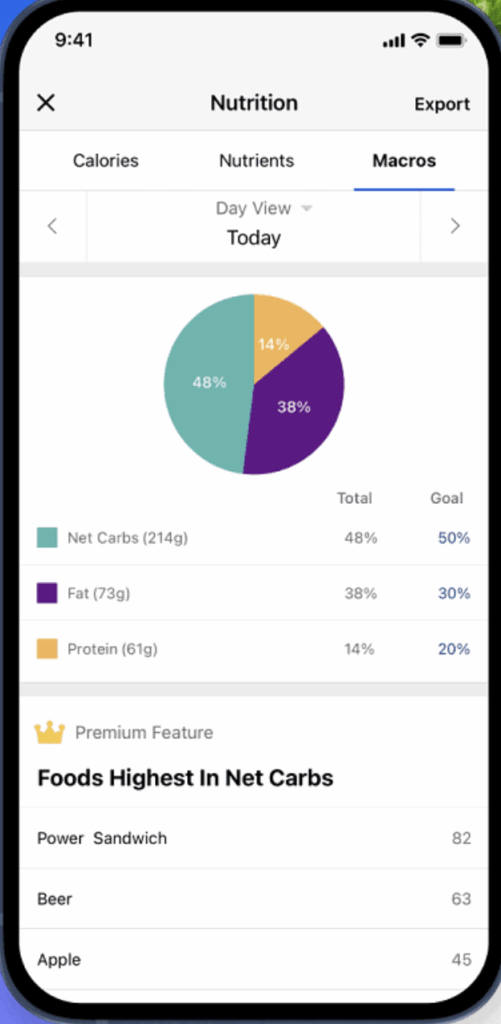
Quick comparison table
| App (Android) | Micronutrient depth | Recipe handling | Special extras | Ideal user |
| Cronometer | High (micros emphasized) | Imports recipes; detailed logs | Broad device sync | Data-driven users |
| MyNetDiary | High (claims 107 nutrients) | Recipe logging; suggestions | Large verified DB | Balanced simplicity + depth |
| YAZIO | Moderate (macro-led) | Planner & fasting tools | Big community | Macro trackers testing the waters |
| Samsung Food | Depends on recipe source | Imports, plans, appliance guidance | Vision AI + Smart kitchen | Samsung ecosystem cooks |
How to raise a low nutrient score
| Goal | Simple meal tweak that apps can quantify |
| More iron | Add lentils or chickpeas to soups/salads; pair with vitamin-C foods to aid absorption. Check iron and vitamin C totals in your tracker. |
| More iodine | Use iodized salt in small amounts; consider dairy/fish where appropriate. Verify iodine line in your nutrient report (if available). |
| More magnesium | Include nuts, seeds, whole grains, legumes; confirm mg totals per day. |
| More vitamin D | Choose fatty fish or fortified foods; track IU per day and weekly averages. |
*Always verify specifics within your app’s database; values differ by brand and preparation.
What’s still missing
- Per-step nutrient awareness: Imagine a cooking mode that recalculates nutrients live when you swap an ingredient or change portion size. (Feasible with Edamam/FDC data.)
- Condition-guided targets: Apps could tailor daily micronutrient goals (with medical guidance) for pregnancy, vegetarian athletes, or low-sodium plans.
- Tighter kitchen integration: If your oven or air fryer is smart, the app could preselect methods that preserve target nutrients and reduce added sodium/fats—Samsung Food hints at this future.
Guardrails and common-sense notes
- Data quality varies. Official sources like USDA FDC are strong; crowdsourced entries can be noisy. Use verified databases when precision matters.
- Not medical advice. Apps surface numbers—they’re not a diagnosis or prescription. For conditions (e.g., anemia, kidney disease), consult clinicians.
- Privacy. Nutrition logs are personal health data; review app privacy policies and permissions.
Bottom line
A true “Micronutrient Assistant” on Android is already possible using today’s apps and data sources:
- Use Cronometer or MyNetDiary to see your daily vitamin/mineral picture.
- Pull credible nutrient facts from USDA FDC, Edamam, and Open Food Facts (many apps already do).
- If you’re in the Samsung world, try Samsung Food’s AI features to keep planning grounded in your actual pantry.
Is it perfect? Not yet. But as of October 2025, Android users can already nudge meals toward better macro and micronutrient balance—no spreadsheets required, just smart APKs and credible nutrition data.






